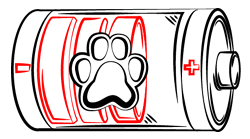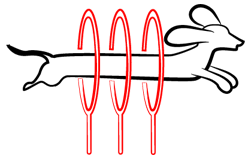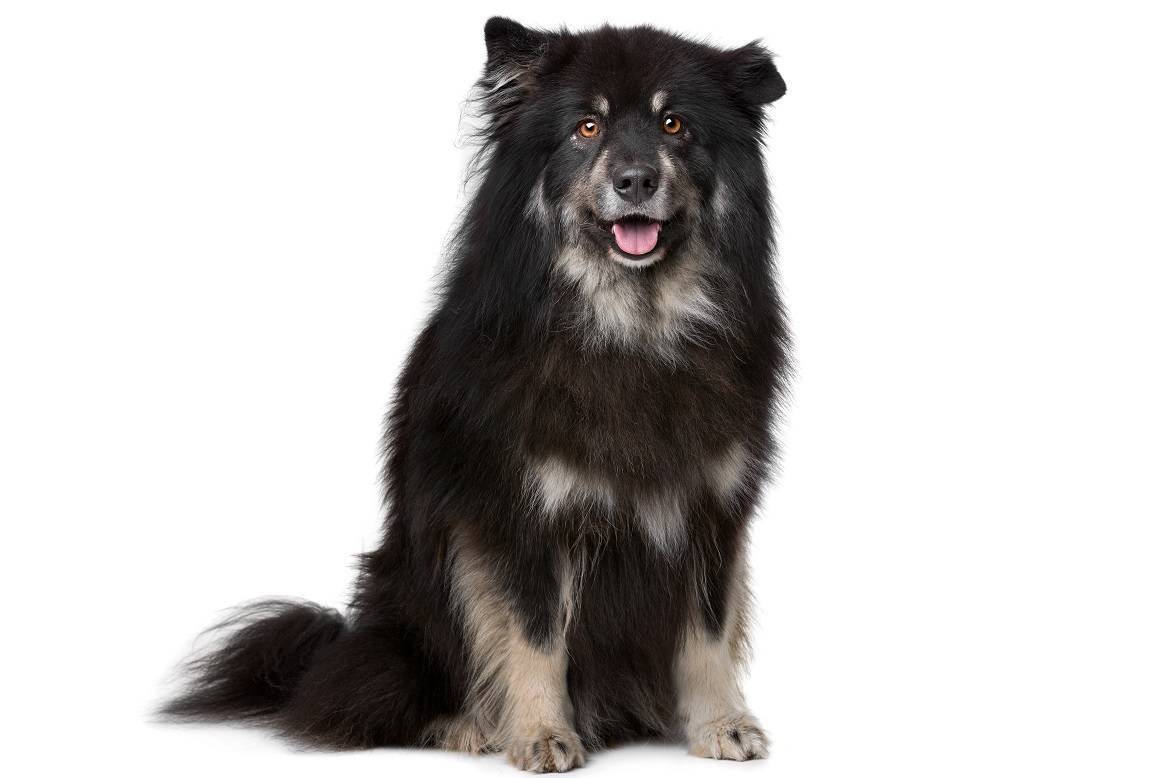
Paws ‘N’ Pups Quickview
Size
| Energy Level
| Trainability
| Paws ‘N’ Pups Rank
|
Characteristics
| Physical Characteristics: Height: 16-21” Weight: 33-53 lbs. Energy Level: Moderate | Colors: The American Kennel Club recognizes the Finnish Lapphund in the following colors:
|
Health & Longevity
Average Life Span: 12-15 years
The majority of Finnish Lapphunds are very healthy dogs, but they may be prone to hereditary health conditions, particularly joint and eye problems.
Hip dysplasia and elbow dysplasia are health issues that may affect a Finnish Lapphund. Hip dysplasia is when the thighbone does not fit properly into the hip joint. Hip dysplasia involves a weak or malformed joint and is degenerative. Both conditions can lead to discomfort, limping, arthritis, and, in severe cases, lameness. Although genetics are the primary cause of these conditions, they can also be triggered by rapid weight gain or injury.
The Finnish Lapphund is somewhat prone to a variety of eye conditions, including cataracts. They also may have Persistent Pupillary Membrane (PPM), when remnants of tissue from the fetal membrane in the eye do not break apart on their own as is normal. Typically, this problem will resolve itself between 5-8 weeks. If not, veterinarian prescribed eye drops can solve this problem. If PPM is left untreated, cataracts or corneal injury may eventually result. Progressive retinal atrophy is another possibility for the Finnish Lapphund. This is when degenerating retinal tissues causes progressive vision loss that may result in blindness. Unfortunately, there is no cure for this condition.
The majority of Finnish Lapphunds will not encounter these health problems, and they have an average lifespan of 12-15 years, considerably longer than the lifespan of most breeds their size.
Temperament & Train-ability
The Finnish Lapphund is an alert, friendly, and intelligent breed. They are energetic and independent thinkers. Although they were bred to herd reindeer and are known for their courage, they are generally very calm and submissive with humans.
The Finnish Lapphund gets along well with most people and animals. He may be aloof or reserved with strangers, but he is never aggressive or overly shy. He is very friendly and loving with his own family. He will get along well with other dogs, as well as cats and smaller pets, if he is raised with them. Even when crossing paths with an unknown dog, he is very rarely aggressive. The Finnish Lapphund is energetic and needs both physical and mental stimulation. At least twenty to thirty minutes of exercise is a must, but more is preferred. A couple of long walks or high energy sessions daily are ideal for a Finnish Lapphund. With his strength and excellent stamina, the Finnish Lapphund is the perfect companion for a hike or run. He loves to be outdoors in cool or cold weather, but his thick coat is not well suited for extremely hot temperatures. If you do live in a warmer climate, be sure to monitor your Finnish Lapphund for overheating. Keep him indoors during very hot weather, preferably around fans or air conditioning. Make sure he has plenty of drinking water. The Finnish Lapphund does tend to bark a lot and has a strong startle reflex. Training can help reduce this problem, but the Finnish Lapphund is not a particularly quiet dog by nature. He will alert his owners of danger, but he is not protective or aggressive enough to be used as a true guard dog.
The intelligent Finnish Lapphund can learn new things quickly and enjoys being challenged. However, he is an independent thinker, so do not expect total, unquestioning obedience right away. When training your Finnish Lapphund, use positive reinforcement such as delicious treats, extra play time, or praise to keep him motivated. Keep training sessions short, upbeat, and fun to prevent boredom. Also be sure he is being challenged and stimulated. He may go bored with repetitive, simple obedience exercises, for example. Finnish Lapphunds do excel in dog sports and competitions, so a little patience and positive reinforcement will go a long way.
Grooming
The Finnish Lapphund has a thick coat that will require weekly brushing to keep it clean, well-groomed, and free of dead or loose hair. He sheds seasonally in the spring and fall, and daily brushing may be required during these periods of heavier shed. A Finnish Lapphund’s shedding will not get out of control if you brush him regularly.
Frequent bathing is not needed for a Finnish Lapphund, so bathe him as needed, perhaps once every three months unless he gets dirty. Brush his teeth two or three times weekly to maintain gum health and prevent bad breath. Keep his ears clean and dry, and check them weekly for signs of infection such as tenderness, redness, or a foul odor. Trim nails regularly to prevent overgrowth and breakage.
Diet
A premium brand dry kibble is typically a good choice for a Finnish Lapphund. Like most Northern breeds, they do have a slower metabolism, so avoid overfeeding. Excessive or rapid weight gain can lead to joint problems for this breed.
Ensure that your Finnish Lapphund always has access to clean, fresh drinking water, especially if you live in a warmer climate.
Looking for a Finnish Lapphund?
 Find A Finnish Lapphund Breeder |  Finnish Lapphund Puppies For Sale |  Adopt A Finnish Lapphund |
Cost
The cost for a Finnish Lapphund varies widely, with some puppies going for as little as $600 and others costing up to $2300. A high quality pure breed will typically cost at least $1000. Prices vary according to breeder location, gender, pedigree, and if the puppy has potential to be a competitive show dog or is expected to be a house pet.
Finnish Lapphunds can be adopted as well, with adoption fees typically costing around $175.
Paws ‘N’ Pups Ranking
Paws ‘N’ Pups ranks every breed out of 4 with 1 being easiest to integrate into your life and 4 being the toughest – The lower the ranking the better.
Ranking takes into account a few basic factors including cost, skill level needed, high vs low maintenance and how critical regular training is to success. The Finnish Lapphund ranks a 3. He has few health problems and is submissive and friendly with humans. He can get along well with children, cats, and other dogs. However, he may bark frequently, and he requires physical and mental stimulation, as well as a trainer who can handle his independent thinking patiently.
Breeds Similar To Finnish Lapphund
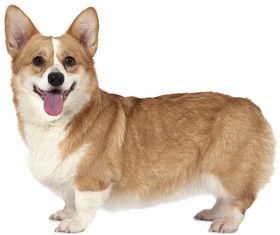 Pembroke Welsh Corgi | 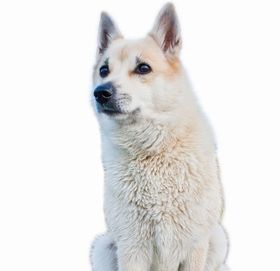 Norwegian Buhund | 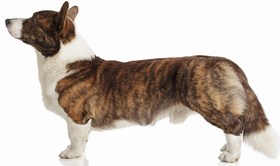 Cardigan Welsh Corgi | 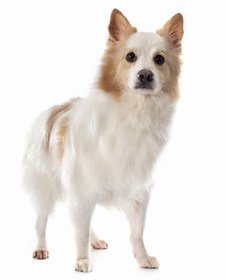 Icelandic Sheepdog |


